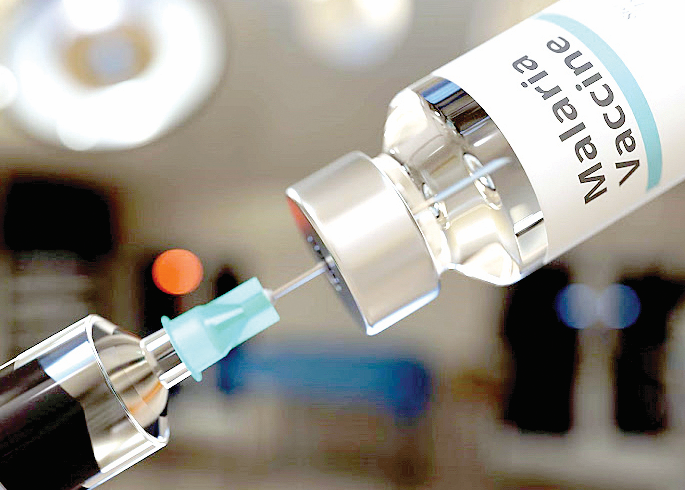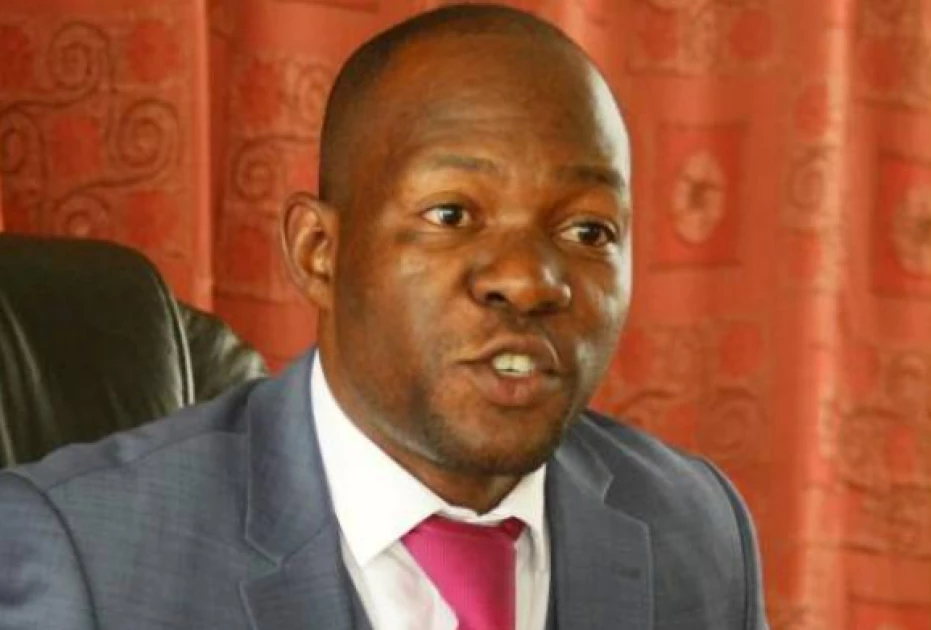Kenya firmly on course towards malaria wipeout

Kenya is in the footsteps of Algeria, Mauritius and Cape Verde as it bids to become the fourth country in Africa to eliminate Malaria.
The three have eliminated the vector-borne killer disease.
In the latest efforts, Kenya has adopted the World Health Organization (WHO) strategy of doing a mass Long Lasting Insecticidal Treated Nets (LLIN) campaign every three years in-order to set the country on the path towards elimination of Malaria.
The Ministry of Health data shows that in the last decade, the country has marked a reduction in the prevalence of malaria by more than 50 percent, and the number of new malaria cases also decreasing significantly.
And this week, Public Health and Professional Standards Principal Secretary, Mary Muthoni launched a mini mass nets distribution in Tana River County, a malaria endemic area.
Malaria risk areas
“The main aim is to ensure all households living in malaria-risk areas have one net for every two household members that will ultimately contribute towards reducing the burden of malaria in the country,” she said at Mikinduni Primary School, Galole Subcounty.
Currently, the country is at 6 percent prevalence of Malaria.
“However, despite the tremendous investment in malaria, the uptake of malaria interventions at the community and household levels remains below target,” Muthoni said, revealing that as part of the efforts towards eliminating the mosquito-borne infectious disease.
The PS was leading a contingent of multi-stakeholder agencies from government and partners; AMREF Africa Health, Kenya Red Cross (KRC); WHO, AMREF; and the United Nations International Children’s Emergency Fund (UNICEF).
“We are happy today to witness the Tana River commencing its distribution of nets. This is the most important step as the ultimate goal of the campaign is the nets to reach the beneficiaries,” she said.
In 2022, the Global Fund and The National Malaria Programme projected a population estimate for Tana River to be 351,027 people.
And with the principles of every net for 2 individuals and a buffer of additional 30 percent, Muthoni noted that Tana River is expected to receive 280,004 nets.
According to the Ministry, Galole is receiving a total of 78,853; Bura (102,664) and Garsen (98,487).
“These nets as we launch this campaign for Tana River are all expected to be at the distribution posts and are being issued from today for the next 5 days,” she said.
In Tana River County, there are three (3) drop off store points with 278 distribution posts as follows: 81 distribution posts in Galole, 94 in Tana Delta and 103 in Bura.
Preventable disease
However, the PS reiterated that it was important to remember that malaria is a preventable disease as the nets are being issued to the people of Tana River. “Insecticidal treated nets are a proven way to cut malaria transmission,” she said.
The PS called on those registered in the digital system to come out and collect their nets. They are being notified through cell-phone messages a day or two before the actual collection time to collect the nets.
“The Ministry is implementing the health sector contingency plan in response to the effects of the long rains and flooding and we have activated the National Public Health Emergency Operations Centre and inaugurated the Incident Management to coordinate response to public health responses during this heavy rainfall and flooding period,” she added.
In Tana River – where 60 cases of Cholera have been reported – the National government is supporting the county to control and prevent further spread.
“We have also established a national task force on Response to public health concerns occasioned by the rains,” she said, noting that the national Government in collaboration with Kenya Red Cross,WHO, AMREF, UNICEF and other agencies conducted intensive Risk Communication, Community Engagement to ensure that affected communities receive disease prevention messages and support counties with essential commodities for health interventions.
She said the groups operating Tana River have also stepped up disease surveillance across the country to ensure that any diseases that arise from any corner of the country are picked promptly and acted upon.
“This is a continuing intervention aimed at preventing malaria and vector-borne diseases in various flood-affected areas,” she said.
The nets are being provided by the government free of charge, and the Ministry does not expect any sale or purchase.
Every year, nearly 6.7 million clinical cases of malaria are reported in Kenya, with 70% of the population being at risk of malaria. It is estimated that approximately 4000 people die from malaria annually, most of them being children. Besides, malaria is responsible for 13–15% of outpatient consultations [3].
Malaria transmission and infection risk in Kenya are closely related to altitude, temperature, and rainfall pattern.











